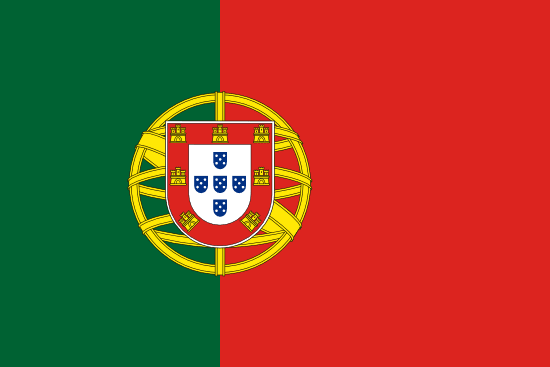"Faro, a porta do Algarve | Faro, the gateway to the Algarve"
About:
Faro, Portugal, was founded by the Romans in the 3rd century BC, named Ossonoba. It was later renamed Harune by the Moors in the 8th century. In 1249, it was captured by Afonso III, becoming part of Portugal. Faro was devastated by the 1755 earthquake but was rebuilt with many landmark buildings. It became an important trading port in the 19th century. Today, it's the capital of the Algarve region, known for its historical monuments, university, and as a gateway to the popular southern beaches.
When to visit:
Faro, a picturesque city located in the southern region of Portugal, is a popular destination for travelers seeking a blend of rich history, stunning architecture, and beautiful natural landscapes. The ideal time to visit Faro is during the spring and autumn months, particularly from April to June and September to October, when the weather is pleasantly warm and the tourist crowds are thinner. These seasons offer comfortable temperatures for exploring the city's historic sites, such as the charming Old Town and the impressive Faro Cathedral, without the intense heat of the summer months. Additionally, visiting during these periods allows for a more relaxed and enjoyable experience, as you can fully appreciate the cultural offerings and outdoor activities that Faro has to offer.
When to avoid:
Traveling to Faro, Portugal during the peak summer months of July and August may not be the most ideal choice for a holiday. The region experiences scorching temperatures reaching over 30 degrees Celsius, making outdoor activities uncomfortable for many tourists. Additionally, the influx of visitors during this time can lead to crowded beaches, restaurants, and attractions, reducing the overall enjoyment of the trip. For a more pleasant experience, it is advisable to avoid the peak summer season and consider visiting Faro during the shoulder seasons of spring or fall when the weather is milder and the crowds are fewer.
Winter Season (Dec-Feb)
In Faro, Portugal, the coldest and wettest period is typically in January. Average temperatures hover around 12°C (54°F), with rainfall peaking at around 80mm. It's not uncommon for the city to experience 10-12 rainy days in this month. Despite this, Faro still enjoys an average of 5 hours of sunshine per day, although cloud cover can be quite significant. The humidity level is usually high, making the cold feel more intense. For a visitor, the day might start with a cloudy morning, followed by intermittent rain showers, and then a possibly bright but chilly afternoon.
"Summer (June-August)"
In Faro, Portugal, the warmest part of the year typically spans from June to September, with July and August being the hottest months. During this period, average high temperatures range from 25°C (77°F) to 29°C (84°F), while the average lows range from 18°C (64°F) to 21°C (70°F).
Rainfall is minimal during these months, with July being the driest month of the year. You can expect less than 1-2mm of rainfall in July and August, so it's generally very dry.
The region enjoys up to 12-13 hours of sunlight per day in the summer, providing ample daylight for outdoor activities. The sun rises around 6:00-6:30AM and sets around 8:30-9:00PM.
Humidity is relatively low during this period, ranging from 60% to 70%. This, combined with the sea breeze, makes the heat more bearable.
Cloudiness is also minimal, with clear or mostly clear conditions prevailing for about 70% of the time. This means you'll likely enjoy blue skies and plenty of sunshine.
A typical day for a visitor in Faro during the warmest part of the year would be warm and sunny, with little to no rain. The mornings and evenings are cooler, perfect for walks or dining outdoors. The afternoons can get quite hot, so it would be a good time to enjoy the beach or stay indoors. Despite the heat, the lower humidity and sea breeze make it feel comfortable. The long daylight hours provide plenty of time for sightseeing and other activities.
Language:
In Faro, the most commonly spoken language is Portuguese, as it is the official language of Portugal. However, due to the city's popularity as a tourist destination, English is also widely understood and spoken. Additionally, Spanish and French are often spoken due to the proximity and historical ties to these countries.




